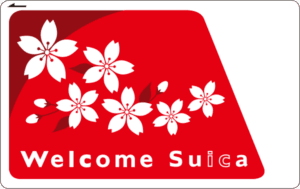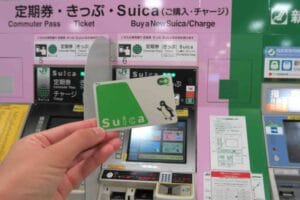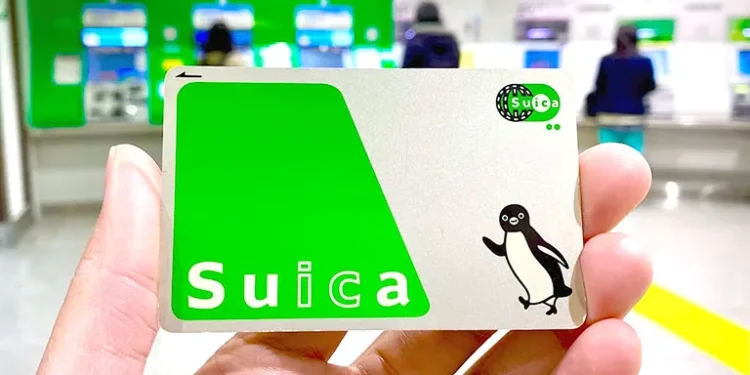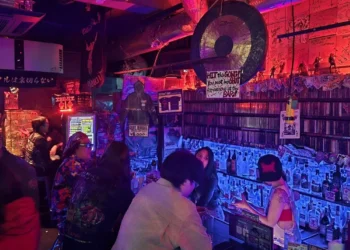No products in the cart.
Suica Card Review: The Ultimate Travel Companion for Japan
Suica a Must-Have for Travelers
Introduction: A Must-Have for Travelers
If you’re planning a trip to Japan, the Suica card is an essential tool that can transform your travel experience. As a rechargeable smart card, it offers convenience and flexibility, making it a favorite among both locals and tourists. In this review, we’ll explore why the Suica card is a must-have for anyone visiting Japan.
First Impressions: What is a Suica Card?
The Suica card is the size of a credit card and very convenient. It was first introduced by JR East for Tokyo, but now you can use it almost anywhere in Japan. As soon as you arrive, this card helps you easily get around on the country’s public transportation.
Ease of Purchase: Getting Your Suica Card

In 2024, getting a physical Suica card is harder due to material shortages. JR East paused sales in 2023 but resumed them at major stations like Tokyo and Shinjuku in early 2024. You can buy one card per person with a passport and tourist visa, and payment is cash only. If you can’t get a physical card, consider a Welcome Suica at airports or a Mobile Suica on your smartphone. Despite these challenges, a Suica card remains a convenient travel option in Japan.
User Experience: Simple and Intuitive

Using the Suica card is incredibly simple. Just tap it on the card reader at train stations, buses, or any participating store. The system automatically deducts the correct fare, eliminating the need to fumble with cash or tickets. This easy tap-and-go feature makes traveling much simpler, especially in busy cities like Tokyo.
Flexibility: More Than Just Transportation
One of the standout features of the Suica card is its flexibility. Beyond transportation, it can be used at convenience stores, vending machines, coin lockers, and even some restaurants. This means you can grab a snack, store your luggage, or buy a drink with the same card you use for your train ride.
Recharging: Keeping Your Card Ready

Recharging your Suica card is a breeze. You can add funds at ticket machines or convenience stores, typically in increments of 1000 yen, up to a maximum of 20,000 yen. Most machines accept cash only, so it’s wise to keep some yen on hand. For iPhone users, the digital Suica option allows for credit card recharges via Apple Wallet, adding another layer of convenience.
Long-Term Use: A Card That Lasts
One of the best aspects of the card is that it doesn’t expire. If you’re planning to return to Japan, you can keep your card for future trips, with your balance intact. This makes it a smart choice for people who visit Japan often.
Refund Process: Easy and Fair
When it’s time to leave Japan, you can get a refund for your Suica card at a JR ticket office. You’ll receive any remaining balance plus your 500 yen deposit, minus a small processing fee. But if you think you’ll come back, it’s a good idea to keep your card.
Overall Value: Why Suica is a Traveler’s Best Friend
The Card is a great deal for tourists. It saves time by allowing you to skip ticket machines, provides flexibility across multiple transport systems, and can even save you money with slightly cheaper fares compared to single tickets. It’s easy to use and accepted almost everywhere, making it essential for getting around Japan.
Final Thoughts: A Smart Choice for Smart Travel

In conclusion, the Suica card is more than just a transportation pass; it’s a complete travel solution that enhances your experience in Japan. Whether you’re exploring the neon lights of Tokyo or the peaceful temples of Kyoto, the Suica card ensures your journey is smooth and stress-free. For anyone visiting Japan, getting a Suica card should be at the top of your travel checklist.
This review-style blog post highlights the practical benefits and user experience of the Suica card, providing a complete overview for potential users.
For more Travel Advice visit Japan National Tourism Organization and click here for more interesting news.










